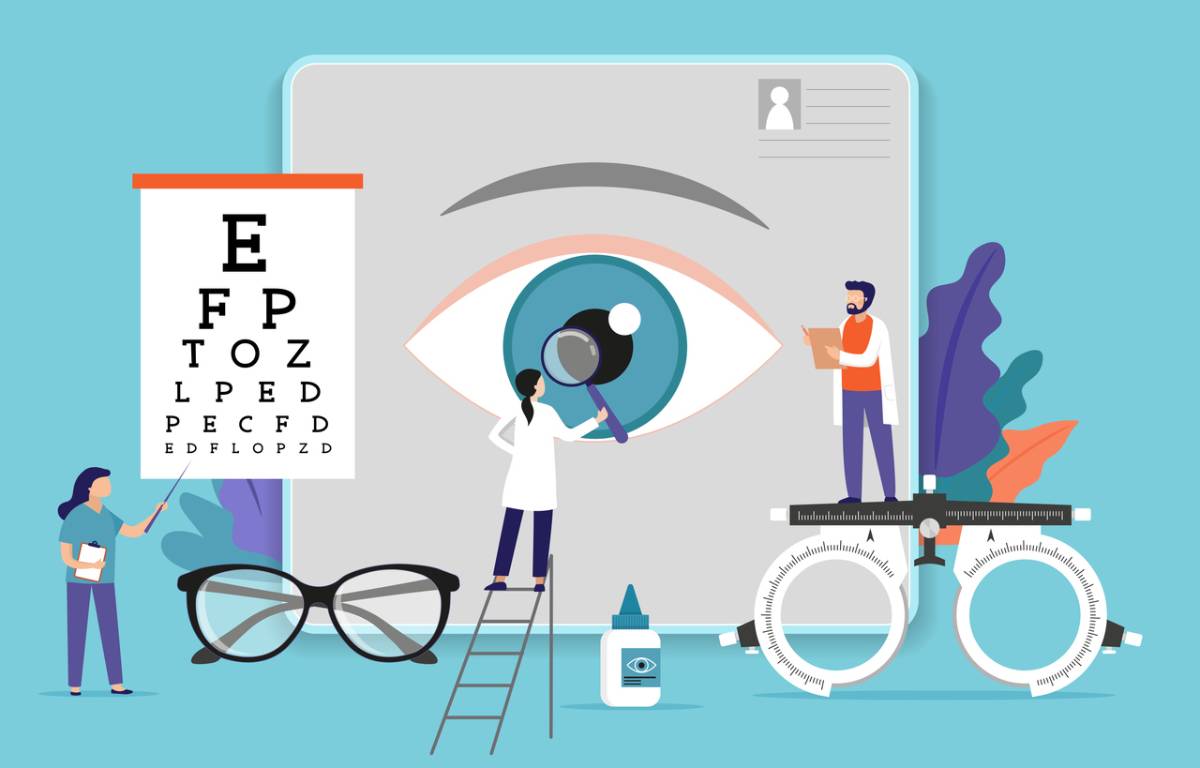LASIK is a type of vision correction procedure that can impart fantastic improvements in eyesight to patients who qualify for it. For this reason, the procedure has begun to become very popular with patients who are looking to improve their vision without dealing with glasses or contacts. Below, we look at what prescription is needed for Lasik.
However, LASIK is only effective when performed on patients whose vision falls within a set of certain parameters. Ensuring that your own vision falls within these parameters is essential if you wish to receive treatment.
What Prescription is Needed for Lasik?
If you’re interested in receiving qualified LASIK surgery, but don’t know whether or not you qualify with your current prescription, take a look at the following information. It should help guide you to understand whether or not you will ultimately qualify.
Prescription Requirements for LASIK
There are certain prescription requirements in place for those wishing to receive LASIK treatment. Much of this falls within the following parameters:
- Astigmatism up to -3.0 diopters
- Nearsightedness with astigmatism up to -9.0 diopters
- Nearsightedness up to -8.0 diopters
There is some variability in these requirements that can come into play on a case-by-case basis. If this is the case with your personal situation, you should be able to discuss this with your physician.
How is Prescription Measured for LASIK?
There is a common conception that having less than 20/20 vision will ultimately disqualify you from receiving LASIK treatment. However, this isn’t quite the case. There is a slightly higher amount of variability in terms of the prescription level that will qualify or disqualify you from receiving LASIK treatment.
One’s prescription in terms of vision correction is measured with a unit system called diopters. This is a unit of measurement that describes the focal length of your eyes as well as the strength of your lens. Perfect vision is represented by a 0.0 diopter measurement.
In order to receive LASIK treatment, your vision must fall within the scope of its ability to correct abnormalities.
What Issues Can LASIK Correct?
Lasik can correct various conditions, such as farsightedness, astigmatism, and nearsightedness. Below are descriptions of these issues.
Nearsightedness describes a condition where one’s eyes are able to focus on close objects, but objects that are far away look blurry and unclear. Farsightedness is the opposite condition, where one can perceive objects that are far away clearly, while objects that are close appear blurry and unclear. An astigmatism is a curvature of the eye that causes blurry vision across all distances.
LASIK is able to treat conditions like these across the following increments:
- Astigmatism can be treated up to 6 diopters.
- Farsightedness can be treated up to +6 diopters.
- Nearsightedness can be treated up to -12 diopters.
Prior to being approved for LASIK treatment, your measurements will be presented to your physician for inspection, so they can ensure that they fall within the treatable range.
Am I a Good Candidate for LASIK?
Physicians generally recommend that a patient have a stable vision prescription for over one year prior to receiving LASIK treatment. This is one reason that most eye doctors recommend that patients wait until their mid-20s to receive LASIK treatment. This comes paired with the requirement that one’s refractive error falls within the treatable range for LASIK.
After one has reached their mid-20s, their eyes are less likely to undergo significant prescription changes that might make LASIK treatment less effective. On top of those requirements, your physician will take a measurement of one’s cornea. This is because one needs a certain amount of corneal tissue in order to make LASIK effective.
How Much Does LASIK Cost?
The cost of LASIK is highly variable. Some of the variables include:
- One’s prescription strength
- The doctor that you have performed your surgery
- And the specifics of your personal LASIK procedure
You’ll be able to discuss with your physician prior to treatment what they estimate the cost of your procedure to be.
In addition, insurance specifics can come into play when considering the cost of LASIK treatment. This is another set of details you’ll be able to discuss with both your insurance provider and your physician prior to any medical work being done.
The LASIK Experts of Mission Viejo
Dr. Ghosheh and the rest of the team at Advanced Eye Medical offer the most comprehensive care available for patients who are interested in receiving LASIK treatment. If you’re curious whether or not this type of treatment works for you, contact us today to schedule an appointment to learn more about the options available.

